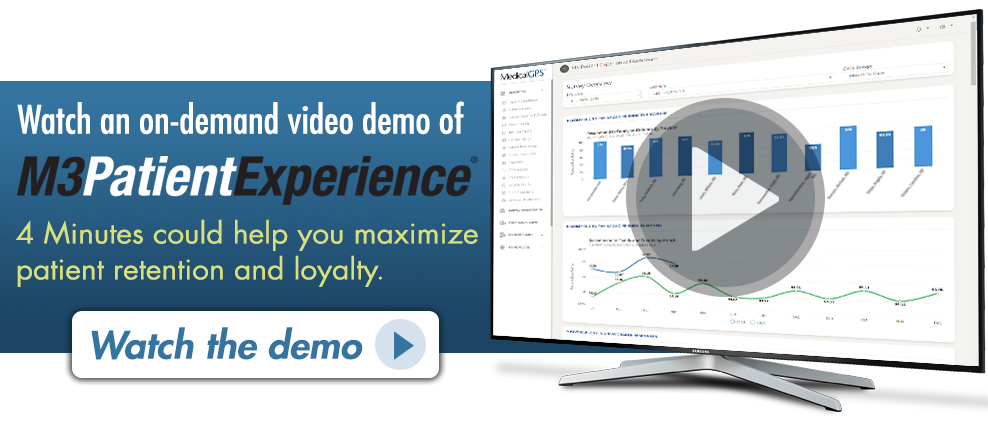 “You never get a second chance to make a first impression.” This saying holds true even in the healthcare industry. Research indicates that a first impression is made within 3 seconds of meeting someone. For many patients the first impression of a medical practice is made over the telephone.
“You never get a second chance to make a first impression.” This saying holds true even in the healthcare industry. Research indicates that a first impression is made within 3 seconds of meeting someone. For many patients the first impression of a medical practice is made over the telephone.
In today’s world of electronic communication, it is often easy to forget the value and importance of the telephone. For medical practices, the telephone is where first impressions are made and patient loyalty can be built upon or damaged. In fact, according to data aggregated from the M3-Patient Experience® global database, telephone interactions rank right behind the provider-patient encounter in terms of top determinants that foster patient loyalty. The telephone provides a small glimpse inside a practice and it helps set patient expectations. If a patient is greeted with a “hold please” or is instructed to navigate a list of several options from an automated “Phone Tree”, it is likely that their first impression may be their last.
By implementing just a few simple processes, medical practices can help improve staff communication, build patient loyalty, and ensure a more positive first impression is being made from the start.
First, a note about the dreaded “Phone Tree”: If your practice still utilizes an automated answering device, it may be time to rethink whether the automated “Phone Tree” is a benefit or a liability for your practice. If you are convinced that a “Phone Tree” is a must for your practice, keep the options to a minimum (not more than three), with the most requested option as the first option. Most importantly, after the patient selects an option, have a staff member ANSWER the call after the selection is made. For example, if the “Phone Tree” says, “For appointments press one” , be sure there is adequate staff on-board so that the patient receives a personal greeting from a live human, after selecting option #1; a staff member empowered to make and change appointments.
-
Implement a Three-Ring Maximum Rule
If the phone rings several times before being answered, a patient may think the office is understaffed or poorly managed. Impress upon staff the importance of answering inbound phone calls promptly, ideally within three rings. This is a simple strategy that will help make a positive first impression while providing excellent customer service.
-
Standard Office Greeting
A standard office greeting is a common best practice that many offices implement. A friendly professional greeting spoken with a smile, always makes a positive impression and sets the right tone for what a patient can expect. An example greeting for staff members may include “Good Morning, Dr. Smith’s office, this is Sandra. How may I be of assistance?”
-
Request Permission to Place a Caller on Hold
Too often practices answer the phone by telling the patient to hold without taking the time to greet them first. Not only is this rude, it does not make a positive impression and it sets a poor tone from the very beginning. Before placing a patient on hold, greet the patient, ask their permission to hold, wait for their answer, and then proceed. A good example greeting request for staff members is “Good Afternoon, Dr. Smith’s office, this is Sandra, may I ask with whom I speaking?” (wait for answer) “Thank you for your call Mrs. Anderson, I am assisting another patient right now, may I please place you on a brief hold? (wait for answer) Thank you for your patience, please hold.”
-
Use Common Language
Most patients do not understand medical terms or abbreviations. Use nontechnical language instead of medical jargon. If the use of a medical term is absolutely necessary, try to offer the definition or clarify its meaning.
-
Check In with Patients
When speaking with patients over the phone, check in with them periodically to make sure they clearly understand instructions, what was discussed, or what was requested. If they sound confused, take the time to help explain further. Showing empathy and having awareness of their feelings will go a long way in making a strong impression and building trust. Always end the call positively by thanking the patient and wishing them well.


